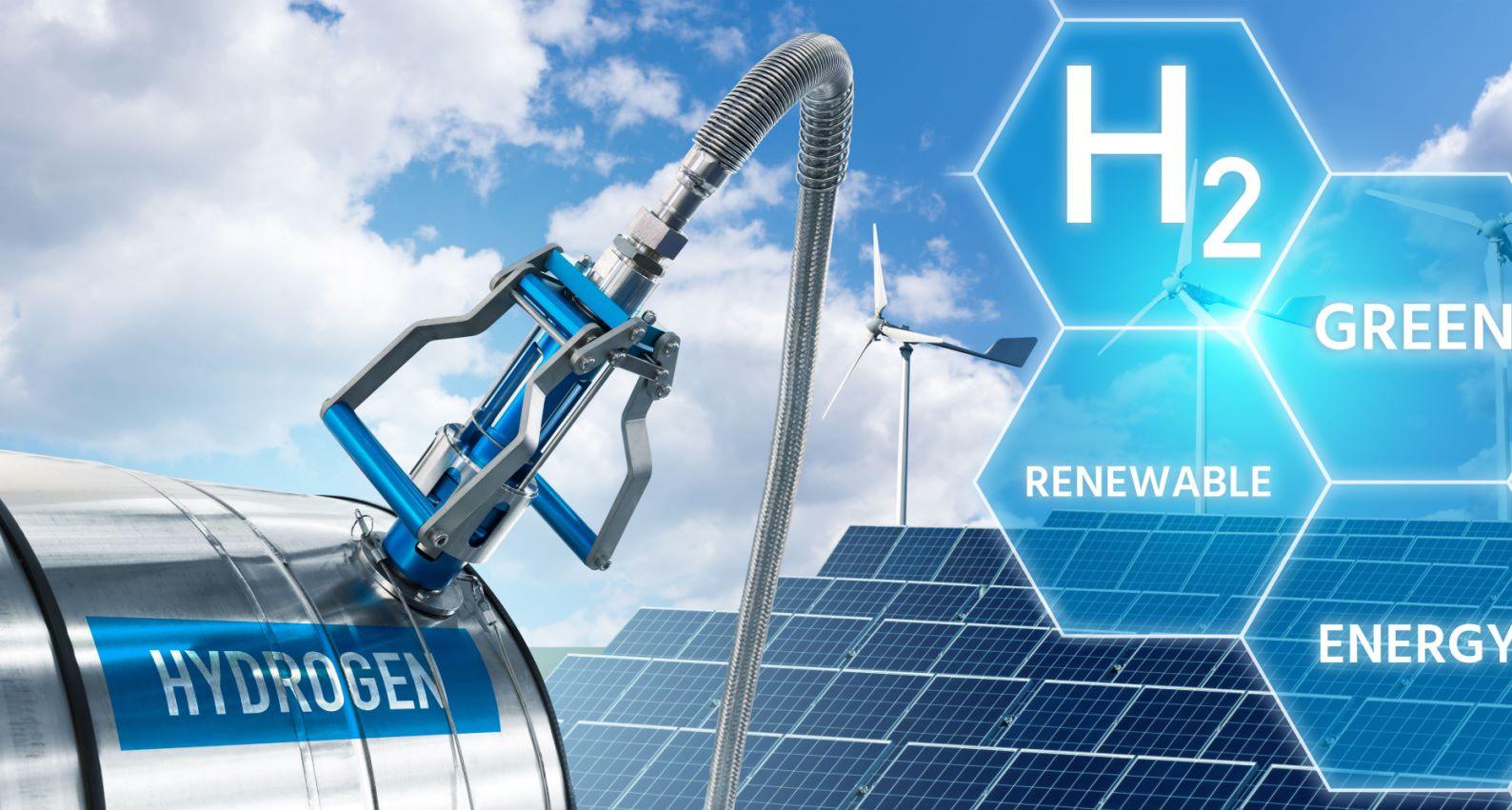Green Hydrogen in Circular Economy
Published on 27 Jun, 2023

The urgent need to reduce greenhouse gas emissions has prompted countries worldwide to commit to net-zero targets, driving the rapid adoption of low-carbon and renewable energy sources. Green hydrogen, generated from solar and wind power, has immense potential in sectors that are difficult to decarbonize. However, challenges related to costs, infrastructure, and policy intervention hinder its progress. Improving process efficiency, achieving cost efficiency through technological advancements and scale, transforming infrastructure, and implementing supportive policies are crucial for the widespread adoption of green hydrogen as a clean energy solution in the transition to a circular economy.
Climate change is a reality, and hence the reduction in greenhouse gas emissions has become increasingly urgent to counter climate change. Countries across the globe have committed to reducing their carbon footprint and target net-zero emissions. To achieve this goal, rapid adoption of low-carbon and renewable sources of energy has become necessary.
Green hydrogen— generated from renewable energy sources has immense potential in meeting future energy demands, especially in sectors such as transportation and heavy industries that are hard to decarbonize. However, the challenge lies in managing the variables, mainly the underlying costs and availability of renewable energy sources that impacts the adoption of green hydrogen.
With growing awareness towards achieving a circular economy, green hydrogen could play a significant role. Green hydrogen and its downstream derivatives such as ammonia, methanol, fuels, etc. can replace higher-carbon fuels. However, certain challenges are hindering the progress of the hydrogen economy, key among them includes:
- Process efficiency – At present, hydrogen produced globally is largely grey or brown, derived from fossil fuels which increases carbon emissions. Green hydrogen, produced through the electrolysis of water fueled by renewable energy sources, offers to be a promising fuel for a low-carbon future. However, technological advancement and improvements in the efficiency of green hydrogen production will be needed for the rapid adoption of this clean energy technology.
- Cost efficiency – The cost of green hydrogen is almost three times higher as compared to brown and grey hydrogen and may continue to be high, in the absence of subsidies and other policy support. However, with investments in the right technologies and large-scale production, companies can achieve economies of scale. Investments focused on improving the technology for commercial-scale manufacturing and new ways of producing zero-carbon electricity will further aid in achieving cost efficiency.
- Infrastructure transformation – The existing infrastructure cannot handle bulk hydrogen transportation and storage. This has necessitated the need for large-scale investment in the distribution, and storage networks, and zero-carbon power generation. Hydrogen infrastructure initiatives like building decentralized fuel cell technologies, and establishing Hydrogen Highways, and Hydrogen refueling stations (HRS), etc. are expected to gather momentum.
- Policy push – A considerable difference between the price for green hydrogen and brown/grey hydrogen calls for active policy intervention. This includes subsidies for zero-carbon electricity or incentives for the use of low-carbon hydrogen. Countries across the world need to have a formal road map and market-aligning policies for hydrogen production, distribution, consumption, and growth. This approach can assist in scaling and adopting green hydrogen globally.
Thus, with depleting conventional resources, there has been an increase in interest in alternatives, economical, and safer energy sources. Upscaling the existing green hydrogen production technologies will enable this low-carbon alternative to compete with conventional fossil fuels. However, it will also need the necessary backing of policy frameworks, and rapid investment in the infrastructure to accomplish a large-scale adoption of green hydrogen in the run-up to a circular economy.
